
USAID scheduled a three-day conference in Istanbul. An Australian colleague from work, Mark, his wife Cindy and I decided to go four days early to give us time to take a tour of Turkey's northwest coast. After work on Friday we flew one hour from Chisinau to Istanbul. Near our hotel we visted a block full of excellent fish restaurants and chose one for dinner, stopping to buy some strawberries and a kilo of baclava from the back of a station wagon on the way back to the hotel.
At 6:30 AM the bus arrived at our hotel to take us to Gallipoli, scene of a major World War I battle between Turks and invading British, Australian and New Zealand soldiers. A young Australian couple was also on the bus. We drove all morning, eating our strawberries and baclava. At Noontime we were joined by another Australian couple and our guide.
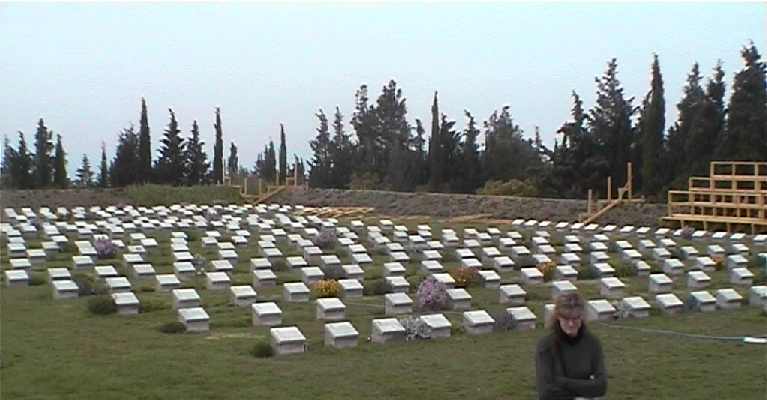
He explained the whole history of the battle from the Turkish point of view as we went from graveyards to monuments to the beaches where the Australians landed. His grandfather had died in the fighting and he became a historian. It all started when the British made a secret treaty with Turkey's traditional enemy, the Russians. Britain promised the Czar that if they won the war then Russia would be awarded northern Turkey, including the Bosphorus and Dardenelles Straits to give them access from the Black Sea to the Mediterranean. In April, 1915, after an unsuccessful attempt to get its navy through the strait to Istanbul, the British and Australians landed thousands of troops on the small peninsula of Gallipoli planning to seize the high ground overlooking the Dardenelles so that the navy could take Istanbul. The Turks were surprised by the landing site but a young officer (who later became Turkey's first president) heard the guns and got his troops to the top of the ridge shortly before the Australians arrived. Eventually they all dug trenches and settled in for eight months of fighting with many thousand casualties but little movement.
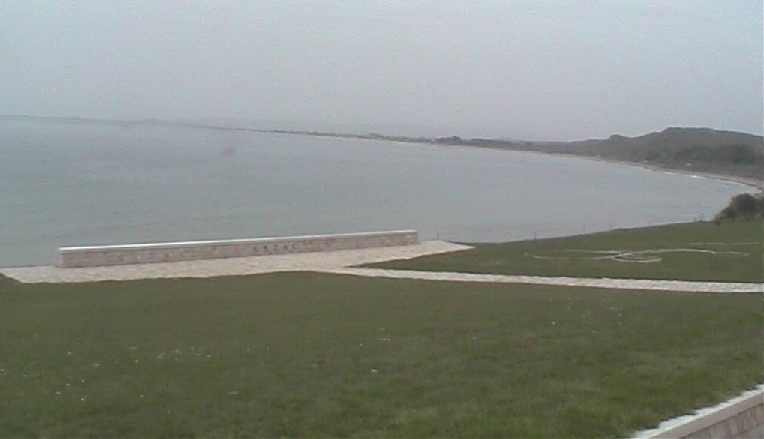
The Australians were getting all their food and drinking water delivered from Egypt and they were miserable. The Turks were dying in larger numbers but were well supplied with fresh food from neighboring villages. The trenches were only 20 yards apart so it wasn't hard to communicate. It seems that after a few months the many soldiers figured out that this battle was a stalemate and that there was no sense killing each other. We heard about the Turk who threw a bag of tobacco to the Australians with a note: "We tobacco. You paper. Every day. OK?" The Australians figured it out and sent back paper so that both sides could have cigarettes.
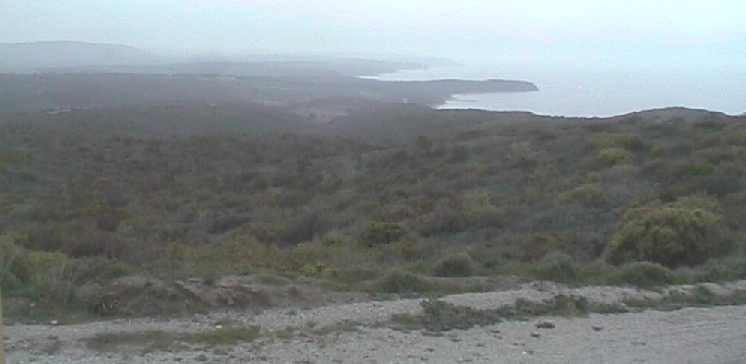
After half a million casualties on both sides, the British command figured out that the battle was going nowhere and that they should evacuate. Australian school children have long learned about how the Australians cleverly disguised their evacuation by leaving at night, by leaving scarecrows and by setting up guns to periodically fire a shot. Our guide dismissed this story as nonsense, saying that from 20 yards away the Turkish soldiers knew exactly what was going on but decided to let them go. Why start a new battle when it appears that the enemy has decided to abandon the field?

Just 20 years after the battle the Turkish President Ataturk gave tribute to the invading Australians. Now thousands of Australians come every year to the battlegrounds to commemmorate their dead and they are warmly greeted by the Turks. We saw hundreds of Turkish tourists viewing the site.
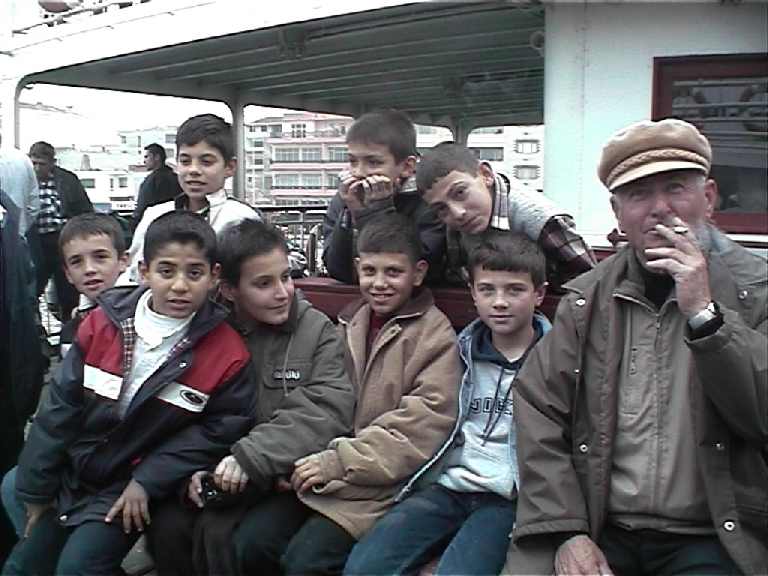
On the ferry ride to our hotel across the Dardenelles, a busload of Turkish school children heard our guide speaking English and asked him where he came from. He joked with them for a long time before he admitted to being Turkish.
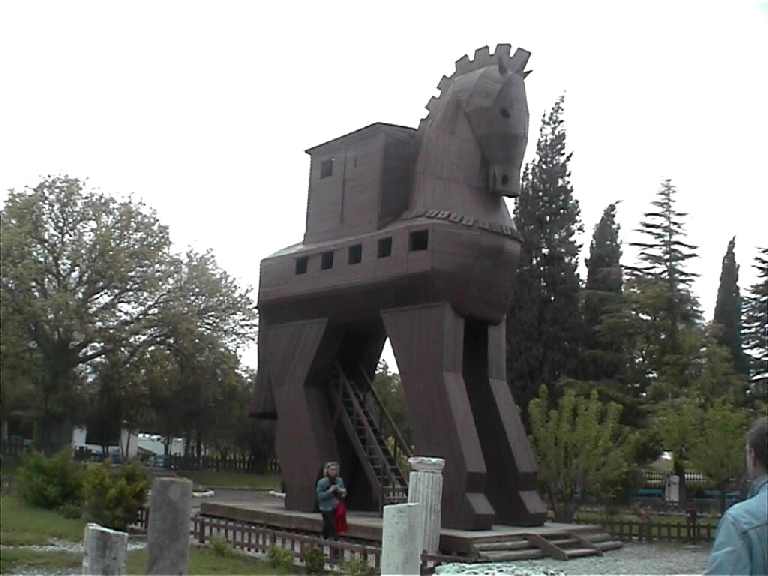
I didn't even know that Troy was in Turkey. I suppose if I had looked at a map I might have noticed how close Greece and Turkey really are and figured out that if you sailed from Sparta or Athens that Turkey was a reasonable destination. An amateur archaeologist 150 years ago read the Illiad and figured out where Troy must have been. He did some digging and found it. Now they have found eight cities built on top of each other. The city was built on the coast, but over the river silted up and now it is a few miles to the Aegean.
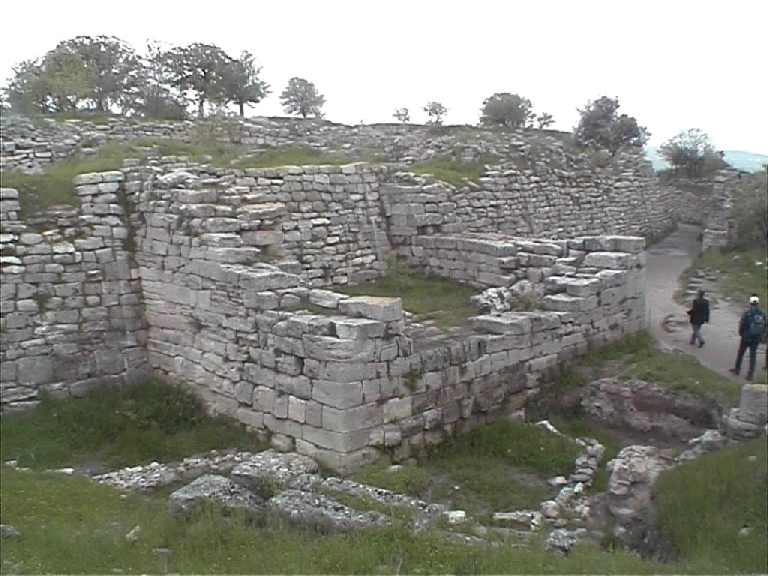
Next we headed down the coast in a bus with the Australian couple we met in Istanbul and half a dozen Turkish guides. We stopped to see some ruins that were unmarked up a trail by the side of the road. One of the guides was showing the others so that they could take future groups to see them. Apparently there are 5000 ancient cities that have been found in Turkey.

I had never heard of Ephesus, but a couple thousand years ago it was one of the major cities in the world. Then 500 years ago, after the harbor had completely silted in, the town disappeared. Nobody even remembered where it was until an archaeologist discovered it in 1869. Settlers in neighboring towns had recycled some of the blocks and columns, but impressive ruins have been unearthed.

You can see the mudflats where the harbor used to be. Now the water is five miles away.
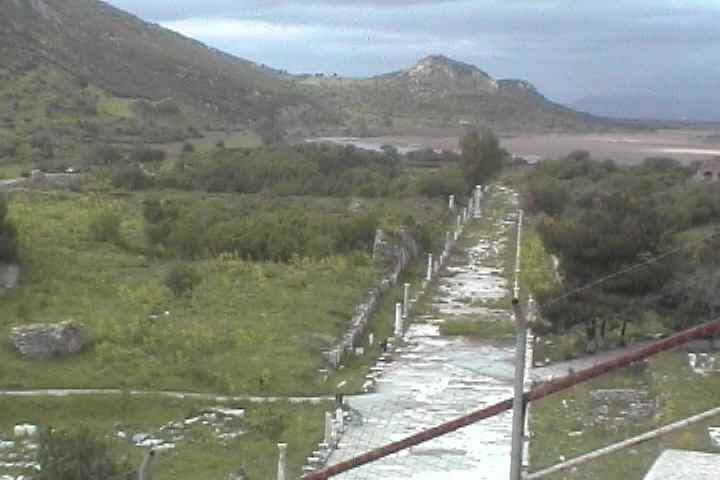
We saw the library which was once the second largest in the world, before many of its contents were taken to Alexandria, Egypt to replace books lost in a fire.

Romans installed the plumbing. Privacy was not a priority.
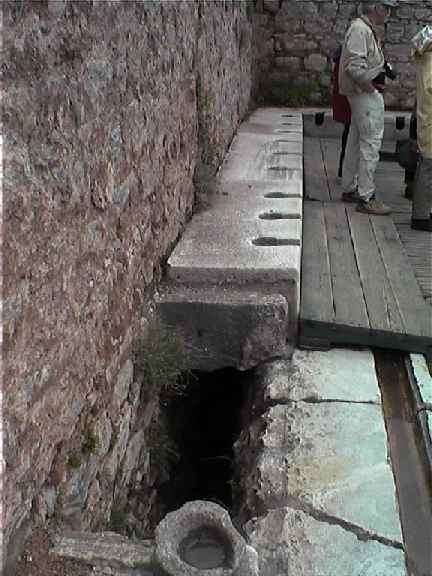
They also spent time decorating.

The theater seated 24,000 people.


After lunch we visited a carpet school and factory. They train young women how to make carpets. They tie one knot at a time and after a month or more they complete a small carpet. After the students have learned the art, they go back to their own villages and work at home. We spent some money here.

We flew back to Istanbul, arriving late at night. We spent the next three days discussing fiscal reform with our colleagues from other countries. Then we had two more days of relaxed tourism. In a previous visit we had seen the big mosques and museums so now we felt no pressure. We were pleased to visit two movie theaters that used Turkish subtitles instead of dubbing so that we could understand the character. In Moldova the movies are always dubbed into Russian.
We visited the Grand Bazaar, with thousands of shops on streets that have been covered and turned into some of the oldest shopping malls in the world. We walked to a palace the Ottomans built by the side of the Bosphorous just 150 years ago. They needed a large palace because one side was for the Ottaman (king) and official events while the other side was home for his wives and many children. They spared no expense. Most of the furnishings looked much more European than Asian.
We walked through a park overlooking the Bosphorous. After lunch we took a boat ride several miles up the strait. We wandered around town and bought some baclava and Turkish delight. Monday morning we caught an early flight back to Chisinau.